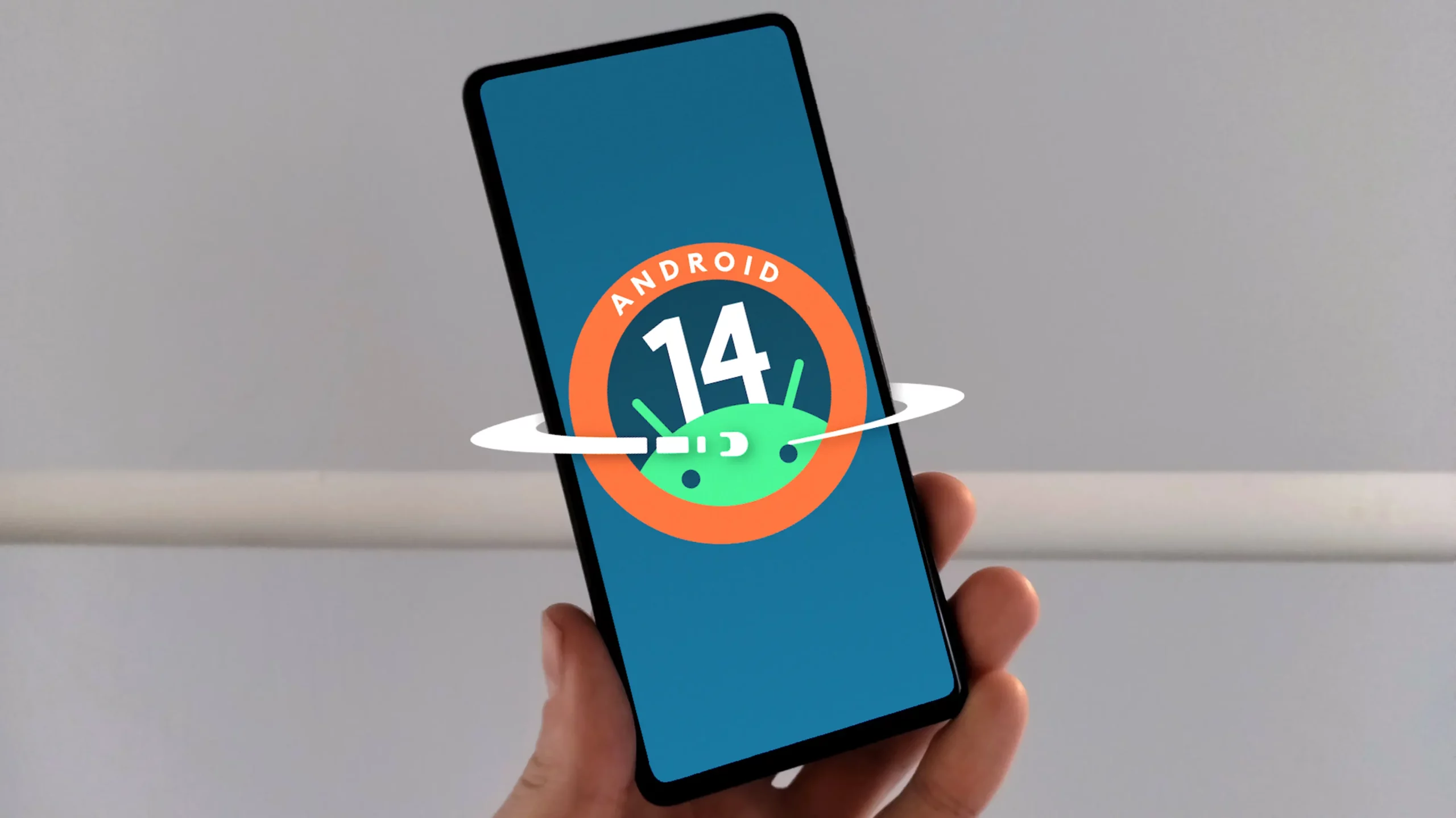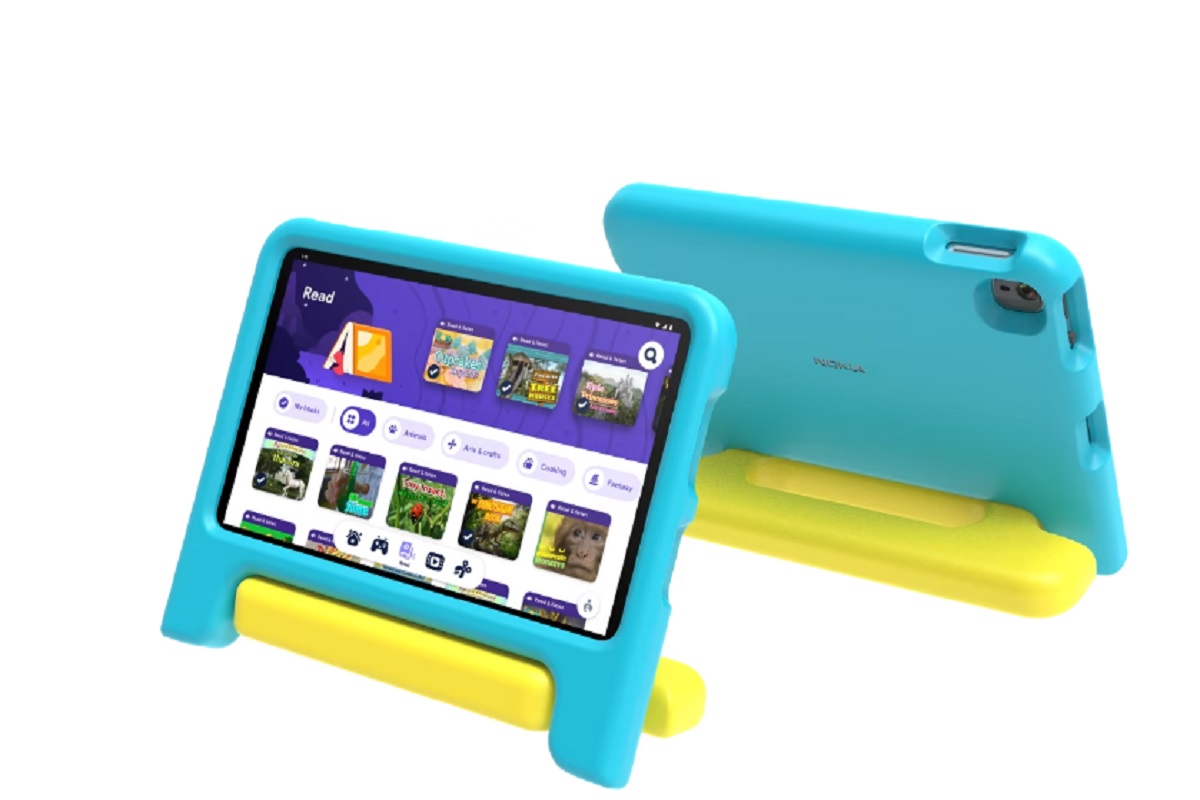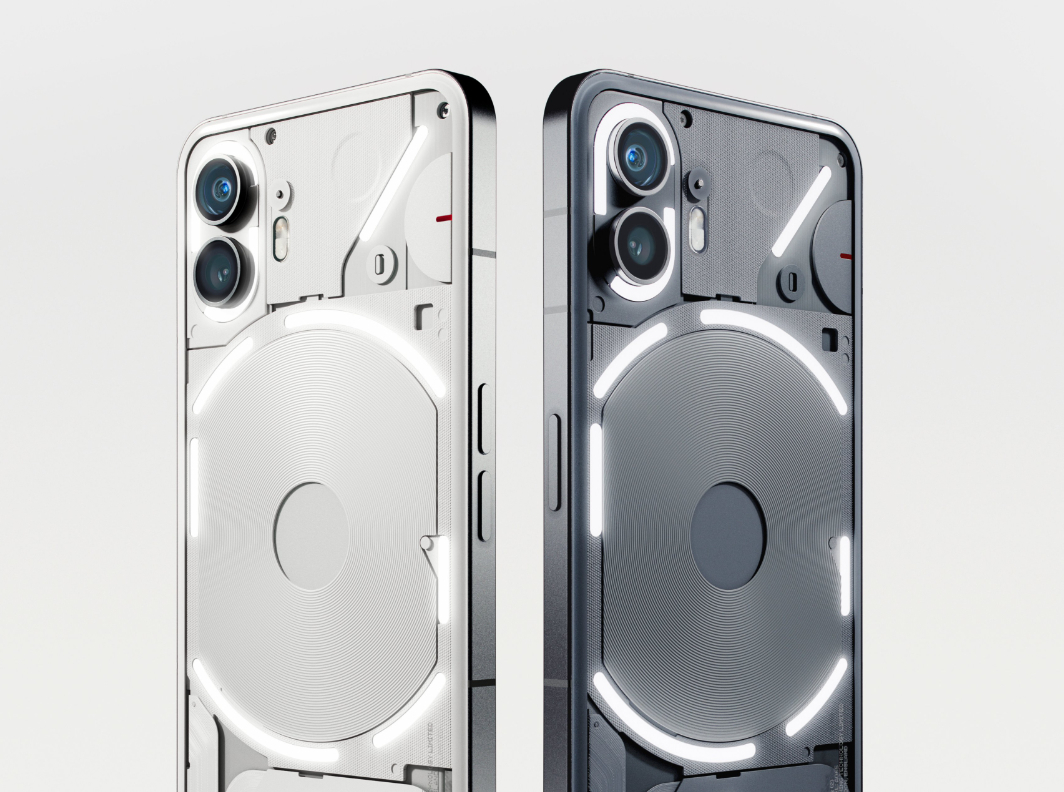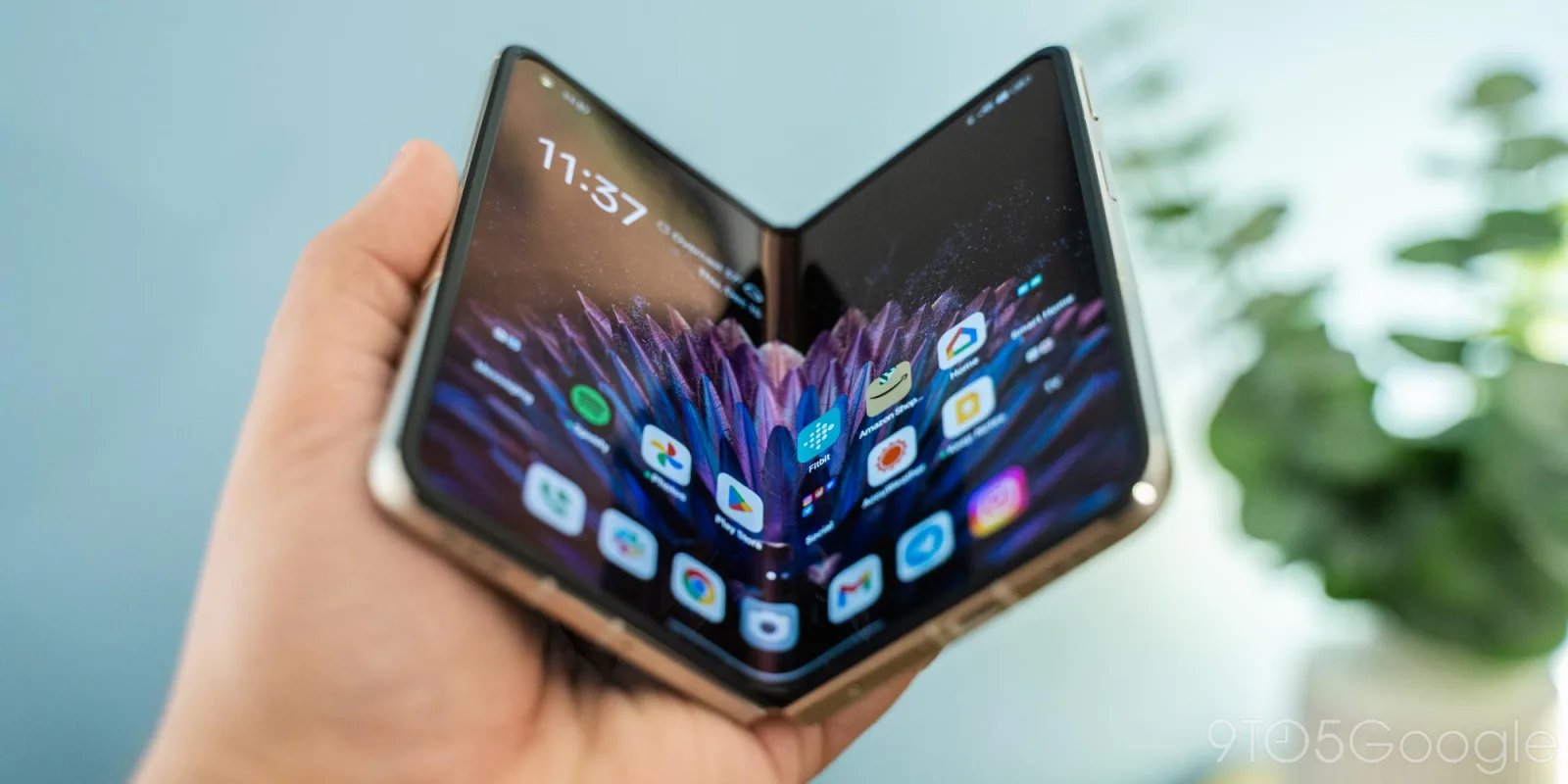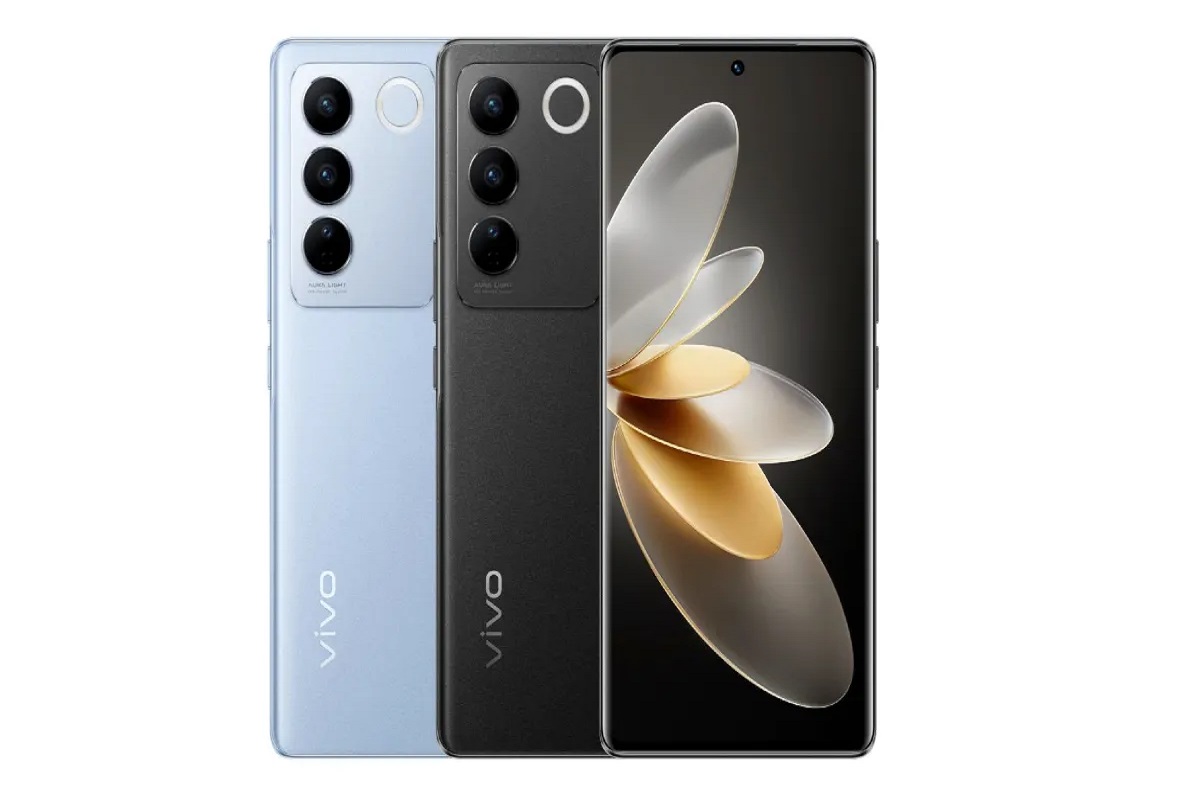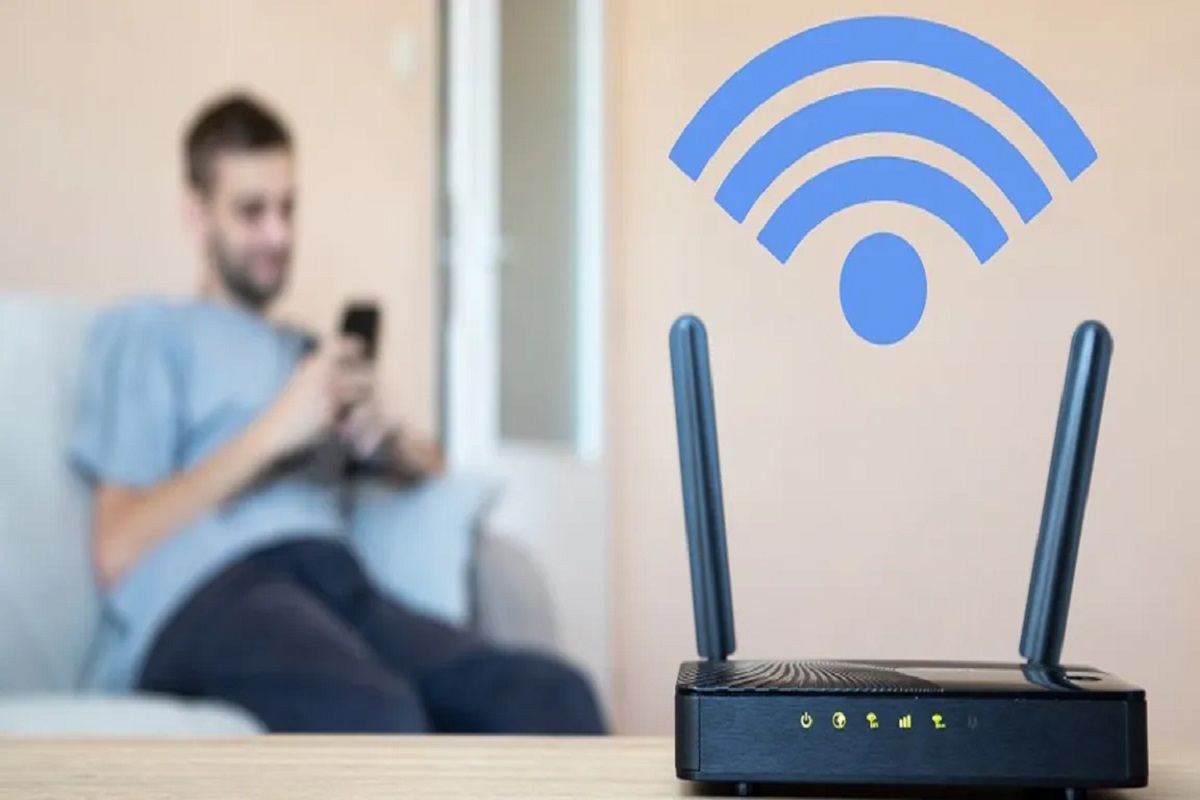Defcon is an annual hacking conference held in Las Vegas, Nevada, United States. It is one of the largest and most renowned gatherings of hackers, cybersecurity professionals, researchers, government officials, and enthusiasts from around the world. Defcon is known for its informal and open atmosphere, where attendees can participate in a wide range of activities related to hacking, cybersecurity, technology, and information security.
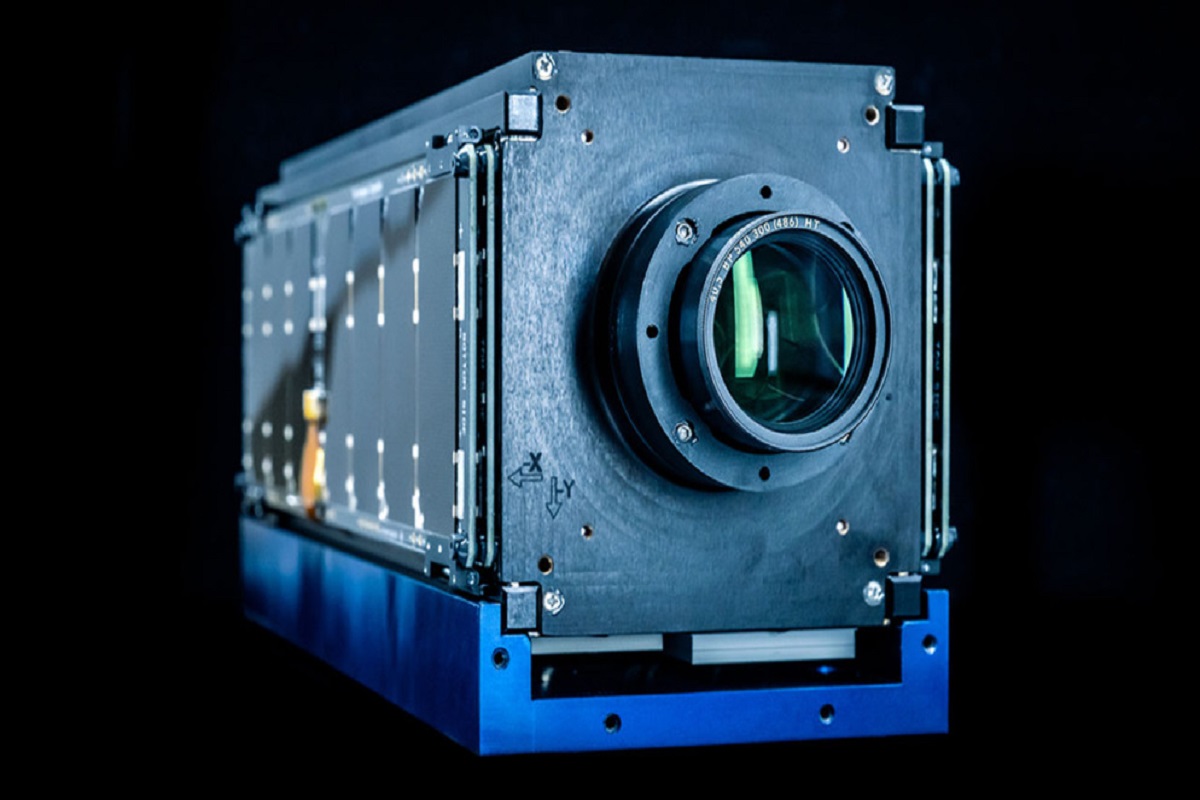
The conference provides a platform for participants to showcase their skills, exchange knowledge, and engage in discussions on various topics related to computer security. It features presentations, workshops, contests, and interactive challenges, covering areas such as network security, cryptography, reverse engineering, social engineering, hardware hacking, and more.
Defcon attracts a diverse community of individuals, including both seasoned professionals and newcomers to the field. It offers opportunities to learn about the latest threats, vulnerabilities, and defense techniques, as well as to network with like-minded individuals and experts in the industry. The conference also hosts numerous villages, which are specialized areas focusing on specific topics like lockpicking, wireless technologies, car hacking, and even biohacking.
While Defcon has a strong focus on hacking and cybersecurity, it promotes responsible and ethical behavior. The conference encourages participants to respect legal boundaries and adhere to a code of conduct that promotes safety, privacy, and respect for others.
Defcon has gained a reputation for its unique and unconventional approach to exploring technology and security, and it has become an important event in the global cybersecurity community.
